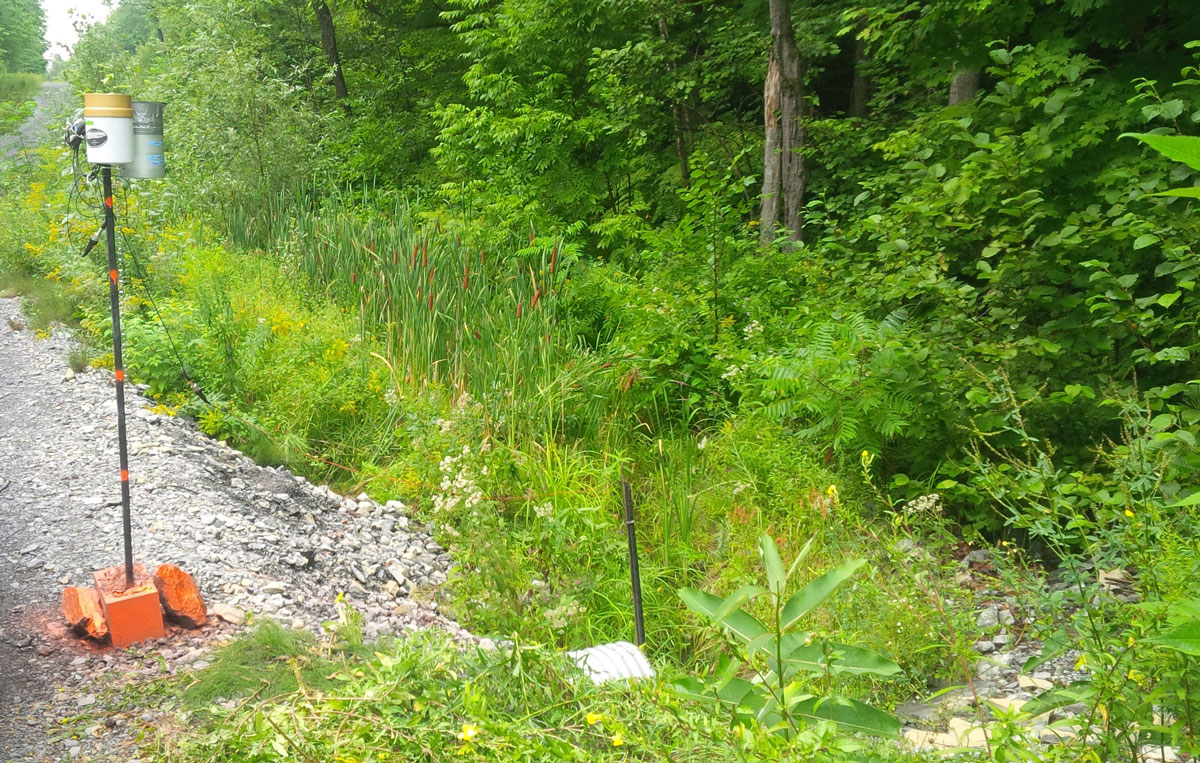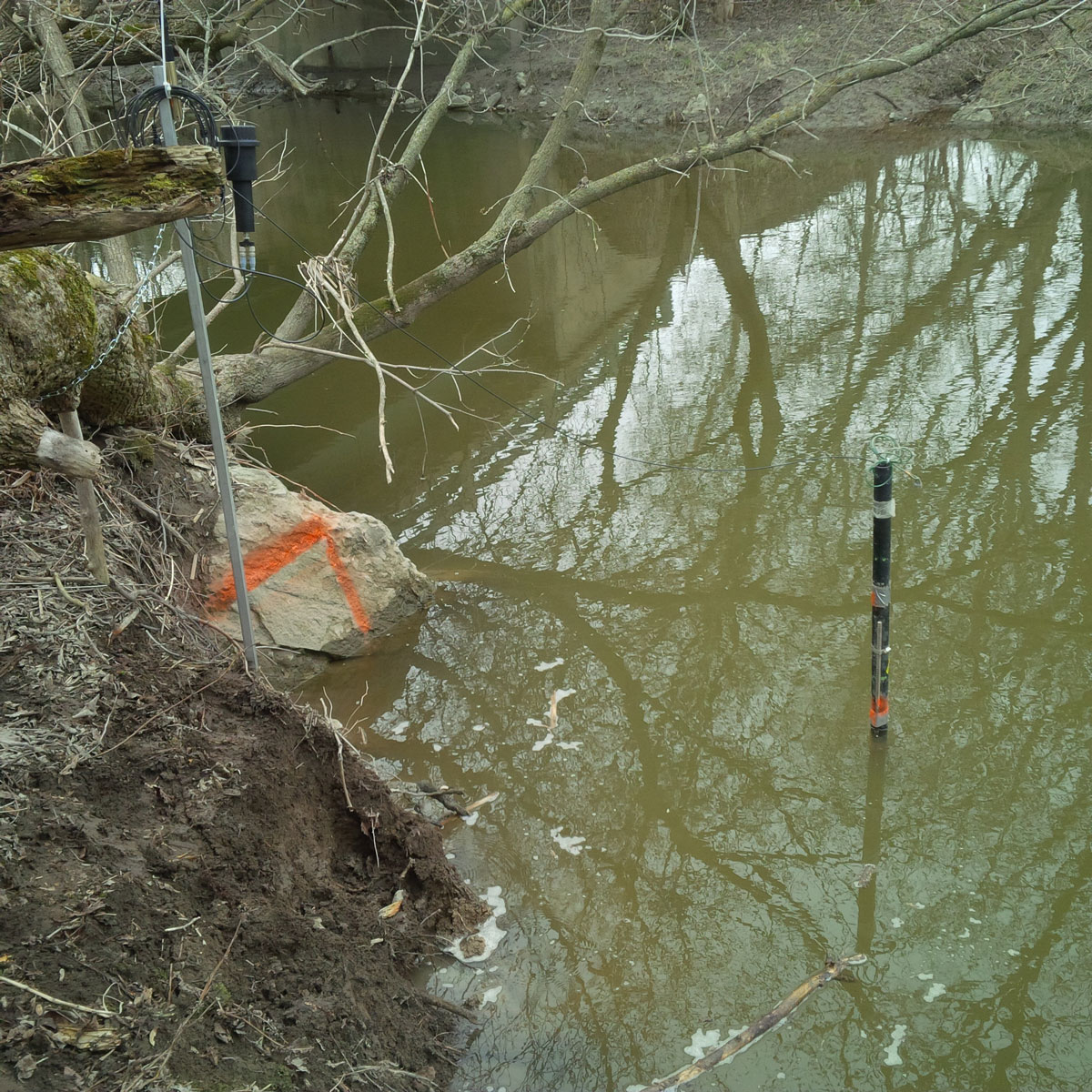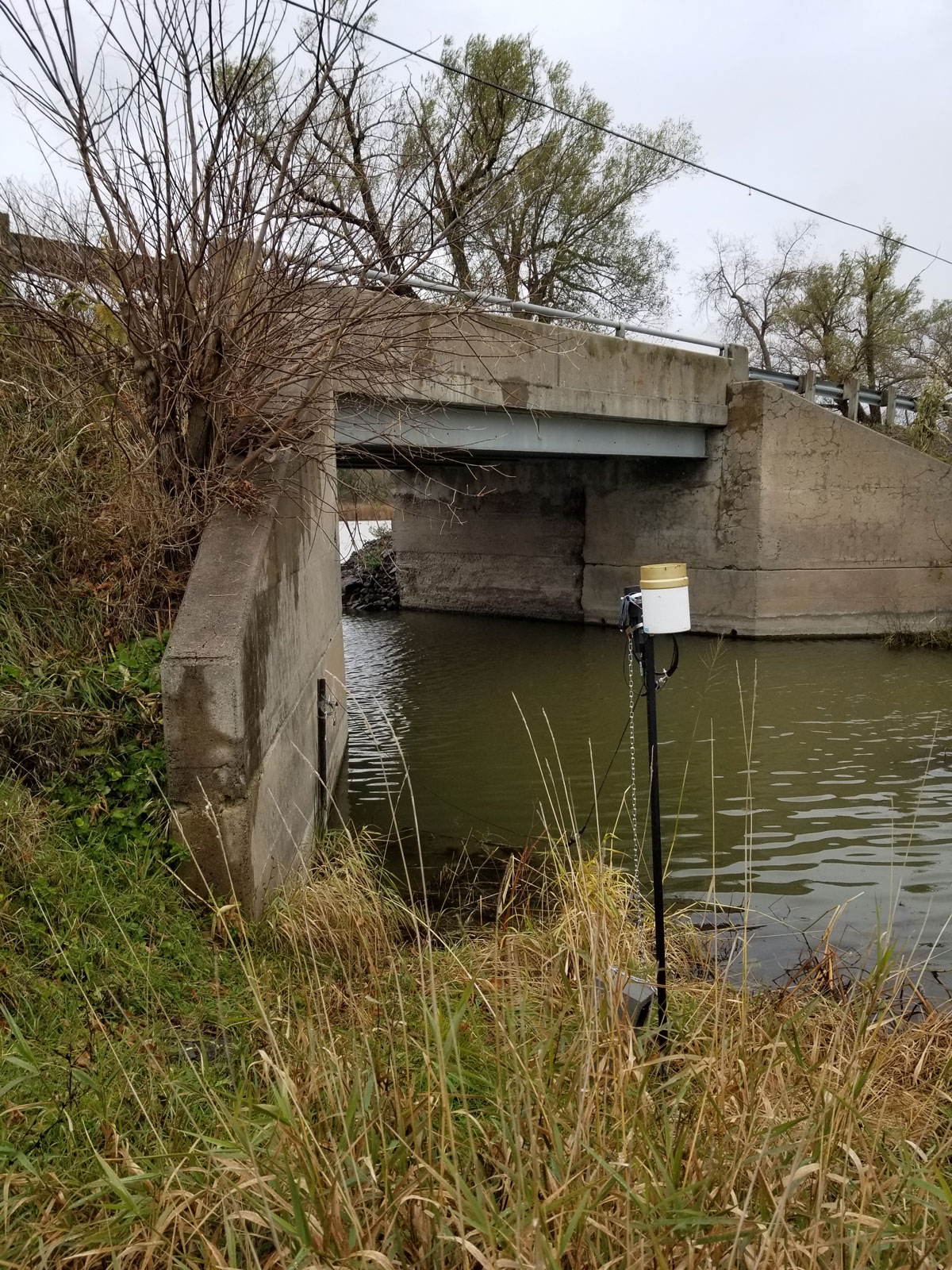Globally, agricultural producers are facing tougher rules and challenges when it comes to water use and water quality associated with their operations.
In Canada, the Department of Agriculture and Agri-Food (AAFC) conducts research in support of agricultural producers, providing them with the latest information to help them succeed.
As part of their initiatives, AAFC operates and manages a network of water monitoring sites for water quality research purposes. The goal of the network is to better understand the quantity and quality of surface water through time in agricultural regions of Canada.
In spring 2018, three water quality monitoring stations were upgraded with Solinst LevelSender telemetry systems. LevelSender telemetry systems regularly send water data from connected sensors in the field, to a central database without having to visit the site.
Simply put, LevelSender telemetry uses cellular communication to send remote data via e-mail or SMS to your PC and/or smart device. For more information on LevelSender telemetry, please refer to the Solinst LevelSender product specifications data sheet.
The purpose of each monitoring site is to measure the water level in a waterway. The water level data is further converted to discharge measurements using stage discharge relations that are derived from Acoustic Doppler current profilers, and other means.
Various types of waterways are being studied. One station is monitoring the water level in a small roadside stream in a vegetated area, another in a stream as it enters a river, and the final station records water level in a river.

LevelSender Telemetry Station with Rainlogger and Levelogger Dataloggers Installed at a Roadside Stream

Levelogger Collecting Water Level Data in a River Bed Connected to LevelSender Telemetry

Water Quality Monitoring Site Installed in a River with LevelSender Telemetry Station
Each monitoring station consists of a LevelSender connected to a Levelogger water level datalogger and/or a Rainlogger rainfall datalogger (which counts and logs the tips of a connected tipping bucket rain gauge). The Leveloggers are installed directly in the waterways, deployed inside protective perforated ABS pipe that has been pushed into the stream beds.
Data from each Levelogger and Rainlogger is recorded every hour. Every twelve hours the accumulated data is sent from the LevelSender via e-mail to a database at the Ottawa Research Development Centre (ORDC). The data is then transferred to a central database for storage and use by AAFC researchers.
Researchers report that the Solinst products have performed as expected in the field environment and they are very pleased with the quality of data the Leveloggers and Rainloggers produce.
They have found a number of advantages to using LevelSender telemetry in the monitoring network. Water levels can be monitored on a regular basis (every hour) and slight changes in water level, especially following a rain event, can be captured.
Additionally, LevelSender telemetry allows them to regularly view and check the station status. If a battery drains or a station fails to report data, the LevelSender notifies them immediately, instead of finding out at the end of the year. Data checks also enable them to plan whether on-site water sampling activities are necessary, allowing them to be efficient and cost-effective at timing fieldwork activities.
Overall, AAFC research supports agricultural producers by providing them with a better understanding of the factors impacting hydrology in agricultural regions, such as climate, seasons, weather events, etc.
By monitoring water quality and quantity in agroecosystems, researchers can also determine the impact of beneficial management practices on environmental quality, and use the data to calibrate and validate predictive models.
Solinst thanks Graham Wilkes, Amanda Ward, and David Lapen of Agriculture and Agri-Food Canada (AAFC) for providing the details of this project.
